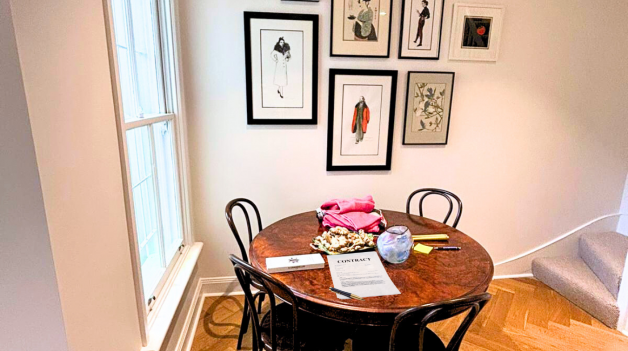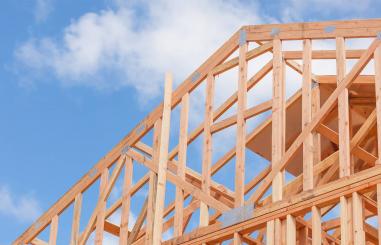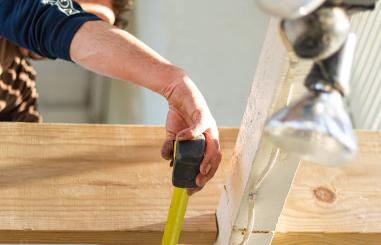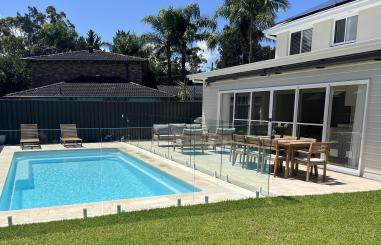Ever wandered into a building site and felt like you’d accidentally joined a construction-themed version of Survivor? One wrong question, one miscommunication, and suddenly there’s a missing beam or a surprise bill. That’s why asking the right questions before hiring a residential builder is so important; it’s your “cheat sheet” for avoiding disasters, sleepless nights, and that awkward moment when someone says “, Oops, that wasn’t included.”
Today, we’ll walk through seven essential questions you should ask any builder in Australia (especially in NSW), what to listen for, and a few real-life examples. We’ll close with a few fun facts and some history to keep things lively (because construction doesn’t have to be boring). Ready? Let’s nail this.
In NSW, the Home Building Act 1989 requires that any builder undertaking residential work exceeding $5,000 must hold a valid contractor's licence. Additionally, insurance such as home warranty or public liability may be required; otherwise, you might be left holding the bill if something goes wrong.
What you want to hear: A license number you can verify, valid insurance policies, and a willingness to show proof.
Example: You ask Bob the builder for his license. He gives you a number but can’t find the paperwork. Major red flag, walk away.
Words are fine, but seeing is believing. Request photos, site visits, and references, ideally from clients you can speak with. A builder may say, “We build beautiful homes,” but you want to see the beams, the finishing, the imperfections (or lack thereof).
What to look for: Quality finishes, consistency across jobs, no obvious corner-cutting (cracked tiles, uneven walls).
Example: The builder shows you a house they built last year, and you spot the same tiling style you liked, a bonus point for consistency.
This is the “fine print” question. A quote that says “everything included” but leaves out site works, council fees, or finishes is like saying “all you can eat”, then charging extra for fries.
What to demand: An itemised quote listing inclusions and exclusions clearly, plus conditions.
Example: Your quote says “landscaping included,” but in the footnote, it’s “if the ground is flat.” That’s when you raise an eyebrow.
You don’t want a builder who’s juggling ten jobs at once, making your project stretch endlessly. Ask for start and completion dates and check their current workload.
What’s reasonable: Some buffer time is built in, as well as for rain, inspections, and supply delays.
Example: Builder A promises “six months flat.” Builder B says, “Six months plus two weeks for contingencies.” Builder B is being realistic.
Construction is messy. You might find rot in a wall, an unexpected rock under the slab, or your partner changing their mind on tiling. What matters is how the builder manages change, and whether it is documented in writing.
What to expect: A straightforward variation process, written approval before changes, and cost estimates up front.
Example: You decide mid-build to upgrade your kitchen benchtop. Good builder says, “Here’s the extra cost, sign here.” A bad builder often adds extra charges later; that's a painful surprise.
You don’t want to play “builder bingo” by texting three different guys and getting conflicting answers. Ask who your dedicated contact person is, whether it’s a project manager or site supervisor.
What to value: Clear communication, prompt replies, someone who returns your calls (not just “I’ll get back to you”).
Example: Every time you send a message, “Sam the PM” replies within 24 hours. That’s gold.
Your home isn’t done once the last nail is hammered. You need assurances, including structural warranties, defect liability periods (such as 12 months), and aftercare support.
What to look for: Written warranties, clear defect policy, willingness to fix problems without drama.
Example: You call after six months about a leaking tap. The builder arrives, inspects, and makes the necessary repairs, with no extended argument. That’s what you want.
The National Construction Code (NCC), including the Building Code of Australia (BCA), establishes the minimum standards for structural safety, fire protection, energy efficiency, and other key aspects.
In NSW, new reforms, such as the Design & Building Practitioners (DBP) Act 2020, now require stronger accountability for design practitioners and builders, particularly for apartment buildings.
The Code of Practice: Construction Work in NSW is an approved code under the WHS Act, covering safety duties, risk management, and high-risk work procedures.
Fun (construction) fact: When the first skyscraper in Australia (1912’s 12-storey building in Melbourne) was completed, builders used pneumatic tools, the same principle as many jackhammers today.
At Prescom Constructions, we believe “A home is more than a project; it’s a promise built on trust, transparency, and teamwork.” If you’re ready to build, or even just exploring options, arm yourself with thoughtful questions.
Curious how your builder stacks up? Or want help validating your shortlist? Contact us today for a free chat. Let’s make your next build a stress-free, high-quality adventure.


Prime Costs (PC) and Provisional Sums (PS) are essential terms in construction quotes. Prime Costs cover allowances for materials like fixtures or appliances that haven't been selected yet, offering flexibility but potentially leading to additional costs if more expensive options are chosen. Provisional Sums are estimates for work not fully defined when quoting, like excavation or retaining walls, and may change due to unforeseen circumstances. Understanding the distinction helps homeowners manage budgets and avoid surprises during the building process.
Read more
A pre-handover inspection is crucial when taking possession of a new home to ensure any issues or defects are addressed before the final settlement. Key areas to check include the structural integrity (e.g., walls, floors), fittings and fixtures (e.g., taps, doors, windows), kitchen appliances, bathroom tiles and plumbing, electrical systems, and finishes like paintwork and flooring. By thoroughly inspecting these aspects, homeowners can prevent costly repairs later and ensure a smooth transition into their new home.
Read more
In recent years, a new trend has emerged in the world of residential homes known as the Australian Hamptons style. This unique architectural and interior design style combines elements of traditional Hamptons style with a distinctive Australian twist, resulting in homes that are both elegant and relaxed. Often referred to as Aussie Hamptons, these homes have gained popularity for their timeless appeal and seamless integration with the beachy Australian lifestyle.
Read more